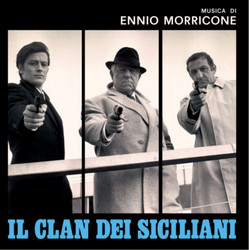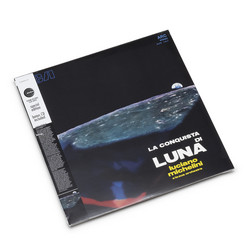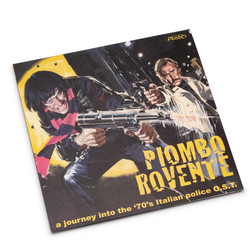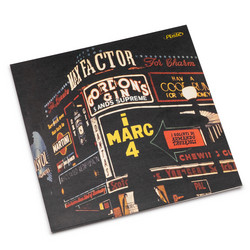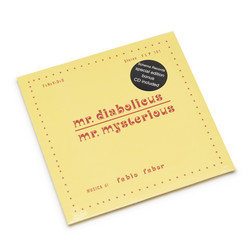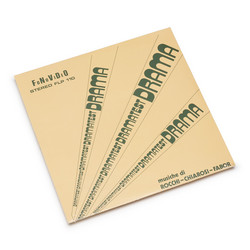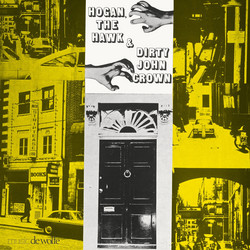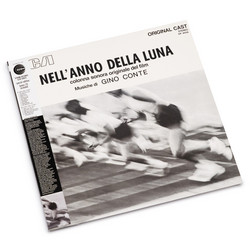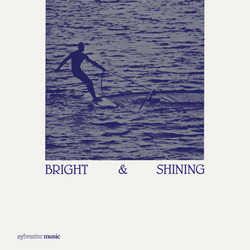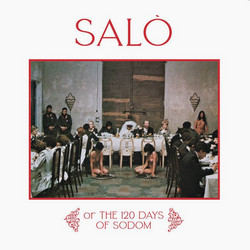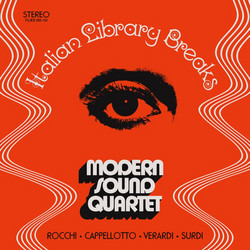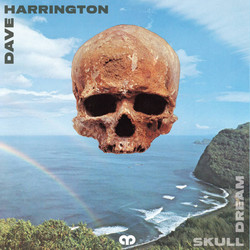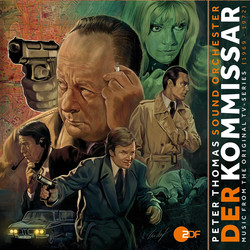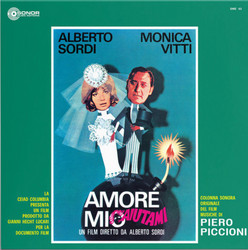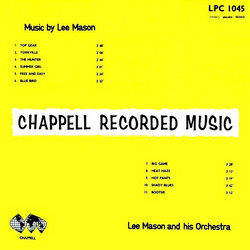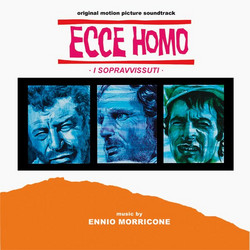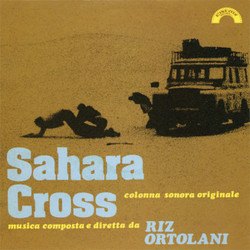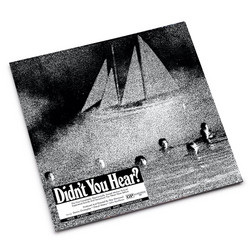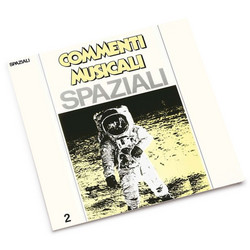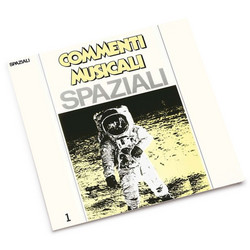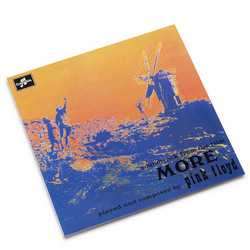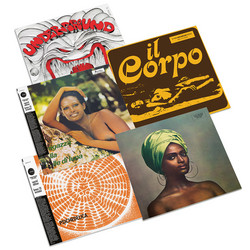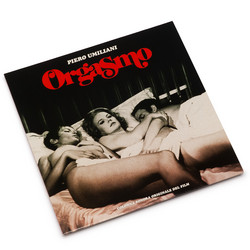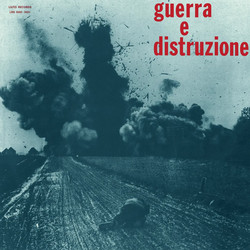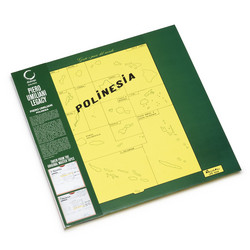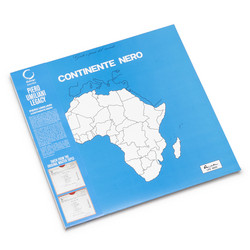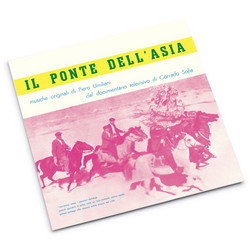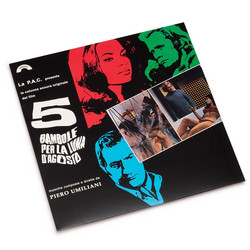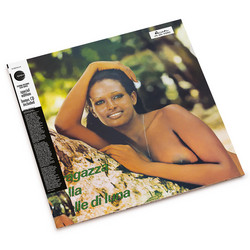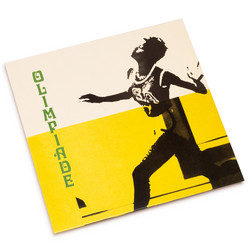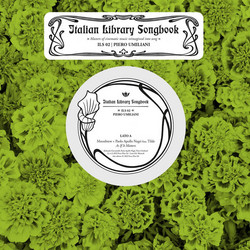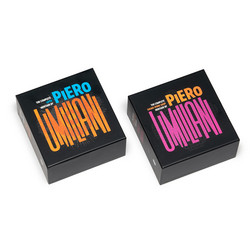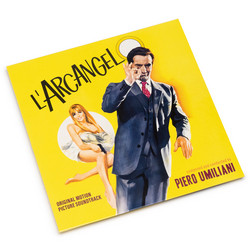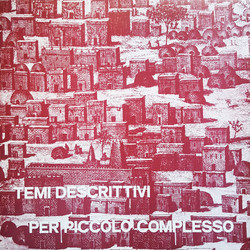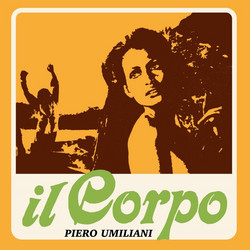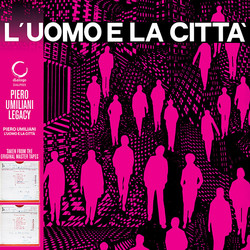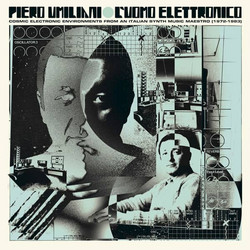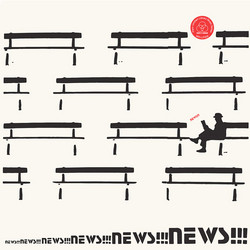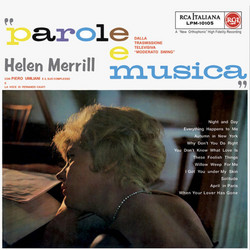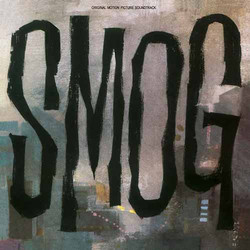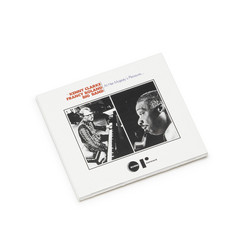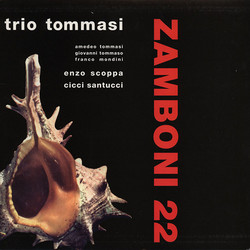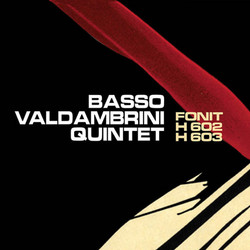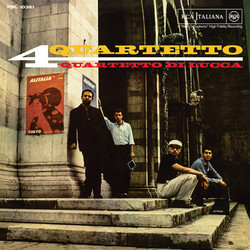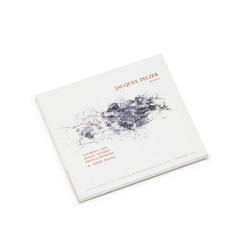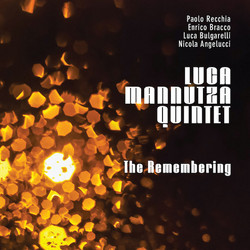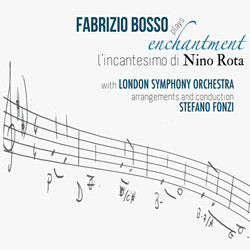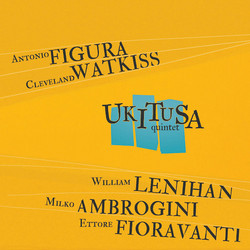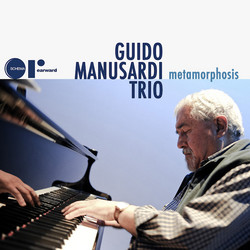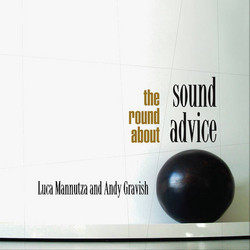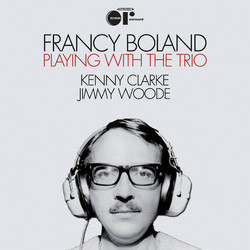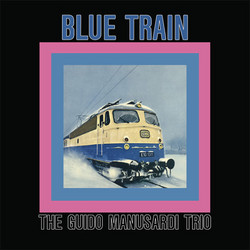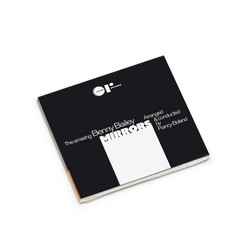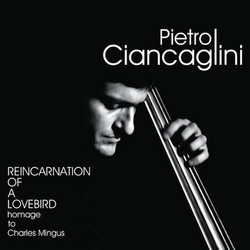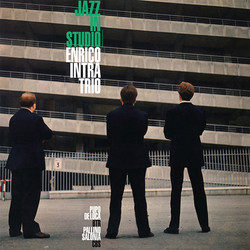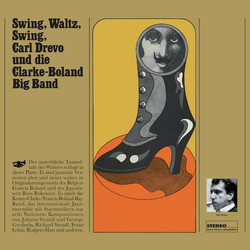Piero Umiliani
Da Roma A New York ("10)
Remastered from the original master tapes with superior sound quality, replica of the original RCA 10"(with bonus CD) in a limited edition of 500 copies. This is one of the most important albums in Umiliani’s career. There are ten original tracks, an ambitious project that surprises and captures jazz lovers. The reviewer of Musica Jazz magazine, who usually writes about American artists, in the issue no. 11 dated November 1957 writes: “I can’t remember what other ambitious and successful attempt concerning jazz compositions has been made in Italy.”
“Da Roma a New York” is a seminal album in the history of Italian jazz. Actually, the album ends up in New York on the record player of international critic Douglas Hague, who reviews it in the English edition of the Jazz Journal. Hague writes a letter to Umiliani with these prophetic words: “I think it is only a matter of time before you have the chance to play with American jazz musicians and this will bring the best out of you”.
Two years later Chet Baker’s trumpet meets Piero Umiliani for the soundtrack of “L’Audace Colpo dei Soliti Ignoti”. Also, in 1958, director Mario Monicelli often listens to “Da Roma a New York” on his record player and this microgroove gives him the idea to use jazz in his film “I Soliti Ignoti”. Umiliani’s career takes off. The Maestro brings jazz for the first time in Italian cinema. He keeps experimenting in records like “Walking in the Night” and “New Sound from Italy” where he works together with the Basso-Valdambrini Octet. This last album goes overseas and it is reviewed in Down Beat (dated 29 September 1960), the jazz fans’ bible, where the Maestro receives a personal tribute: “Piero Umiliani, an Italian, wrote the arrangements for two of the eight tracks in this album (“Blues for Gassman” and “How Deep is the Ocean?”) and this not only brings interest for this record, but it also reveals great talent… Umiliani has an original and daring point of view which unites control and brio”.
"This record represents the first opportunity for an Italian jazz composer and arranger to express himself with complete freedom. Up to now it seems to me that Italian jazz has been focused almost entirely on the figure of the soloist, with the obvious result that — when they adopt American themes and arrangements — the Italian version pales in comparison with the original. On the other hand, when the execution is left entirely to the imagination of the musician, it’s inevitable that for the duration of the record we are entirely at the mercy of the variable quality of the soloist’s inspiration. So, what better setting for a jazz musician than a new arrangement of the original, supporting him in the solos and alternating the ensemble writing with individual improvisation? It helps him coordinate his ideas, develop them —and catch his breath! Jazz today is going through a particularly happy period, both commercially and stylistically. It seems to be back to the golden age of swing! With the end of the long period of renewal, controversy and research — ranging from the first bop to the Cool of Tristano and the experiments of Kenton — musicians today are living in a period of intense creative activity. They are working in a language that, while it doesn’t ignore the teachings of modern symphonic music, puts more emphasis on the eternal fundamentals of jazz — rhythm, swing and modality. Even in these arrangements I tried to express myself in a way which was contemporary but classic, without experimental pretensions, focusing on a good sound and effective rhythm. The pieces, all written by me and arranged especially for this recording, were performed on March 25th and 27th, 1957. The theme of Da Roma a New York (‘From Rome to New York’) is played first by the sax, then repeated by the bass and trombone in unison, then repeated again with the trumpet playing a contrapuntal counter-melody. In the riff, the theme is taken up by the horns, playing a fourth higher. In the second refrain the rhythmic idea of the fifth bar of the theme is developed in a new key, and supports the tenor’s improvisation. The second refrain returns to the original theme, picking up the key of the riff and developing freely, ‘in divertimento’. After a brief alto solo, the trumpet improvises, accompanied by the entire brass section. A contrapuntal progression starts from the bass and reaches the trumpet, leading eventually to the baritone solo which closes this fourth refrain. Back to the initial phrase after a very short interlude, here there is an inversion for that with trumpet and contralto playing the theme while tenor and baritone contrast it. In La fanciulla dai Capelli di Nylon (‘The Girl with the Nylon Hair’, a play on Claude Debussy’s ‘The Girl with the Flaxen Hair’), the clarinet rephrases the well known prelude written by Debussy, performing a melodic pattern of blues, which after a solo progression is played in ensemble by the whole brass section. It is important to notice how the trumpet’s improvisation following the 24 bar long exposition is incredibly well blended with the other instruments and constitutes a complex but homogeneous whole. Eventually the fragment of the theme played by the baritone is joined" Frome the liner notes
Exact Replica of the original 10", Remastered from the original analog tapes.
